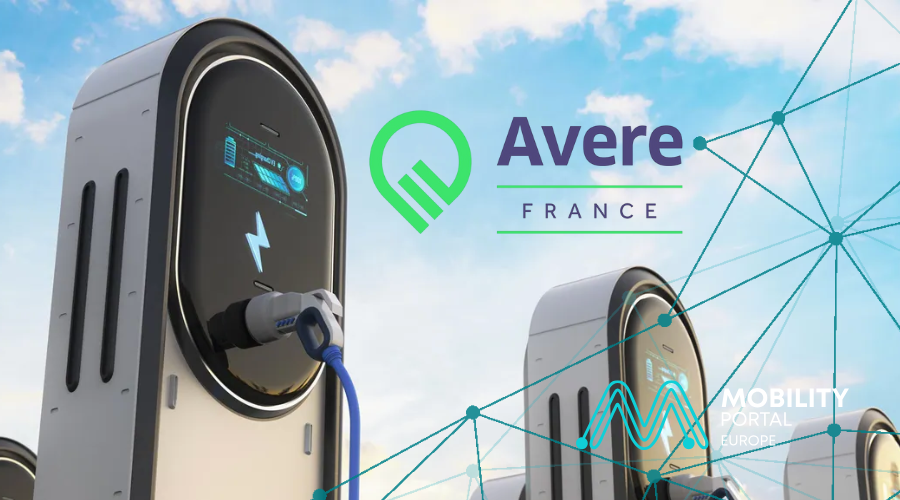As of March 2025, France had a total of 129,305 public EV charging points, according to the IRVE Barometer published by Avere France.
This figure represents a 44% increase compared to March 2024, reflecting sustained growth in charging infrastructure. However, the expansion also reveals persistent challenges related to power distribution, regional equity, and corridor coverage.
This analysis by Mobility Portal Europe focuses on three key aspects of the current charging landscape: location distribution, installed power capacity, and annual growth trends.
Sustained Growth with Over 39,000 New Points in One Year
According to official data, the number of public charging points in France increased from 89,712 in March 2024 to 129,305 in March 2025, adding a total of 39,593 new units over 12 months.
This translates to an average installation rate of approximately 3,300 new points per month.
The country surpassed its initial national target of 100,000 public charging points, a goal set by the French government.
The latest figures suggest a shift in strategic priorities from volume expansion to improvements in location, power output and network efficiency.
Low and Semi-Rapid Charging Still Dominate
One of the key findings from the March 2025 IRVE Barometer is the distribution of charging points by installed power:
• 72% of charging points deliver ≤22 kW, categorised as low or semi-rapid charging.
• 24% fall in the mid-range power category, delivering between 22 kW and 150 kW.
• Just 4% are capable of ultra-rapid charging (over 150 kW).
This indicates that the majority of the network is designed for destination or long-duration charging—such as in public car parks or retail environments—rather than for fleet operators or long-distance drivers who require higher-speed infrastructure.
Infrastructure deployment is heavily concentrated in urban and peri-urban environments.
According to the barometer, charging point locations are distributed as follows:
Location Type Share of Total
- Public or private car parks 36%
- Retail and supermarkets 18%
- Motorways and major roads 11%
- Fuel stations 6%
The regions with the highest number of charging points are Île-de-France, Auvergne-Rhône-Alpes, and Nouvelle-Aquitaine, which together account for over 35% of the national total.
Conversely, territories such as Corsica, Centre-Val de Loire, and Bourgogne-Franche-Comté display low infrastructure density, both in terms of population and area coverage, highlighting persistent disparities in access to public charging.
Accessibility and Utilisation Indicators
The barometer also provides detailed insights into usage and accessibility:
• 92% of charging points can be accessed without a mandatory subscription.
• 72% allow contactless payment or payment via mobile apps.
• The average technical availability rate stands at 88%.
• On average, each point records 15 charging sessions per month.
• The national EV-to-charger ratio is 6 electric vehicles per point.
While these figures indicate general availability, the barometer also notes regional imbalances, with some areas facing underused infrastructure, while others experience charging scarcity in high-demand zones such as logistics corridors or industrial zones.
Outlook to 2026
As France enters a new phase in its public charging rollout, the data from the IRVE Barometer highlights several strategic areas for development. These include:
• Expanding high-power charging infrastructure on motorways and logistical routes.
• Enhancing coverage in under-served regions through public-private partnerships.
• Integrating fast-charging hubs into existing fuel stations, subject to favourable grid connections and streamlined regulatory processes.
This report by Mobility Portal Europe is based on the IRVE Barometer released by Avere France in April 2025, and offers a precise snapshot of the current status of France’s public charging infrastructure as the country continues to scale its electric mobility ambitions.








